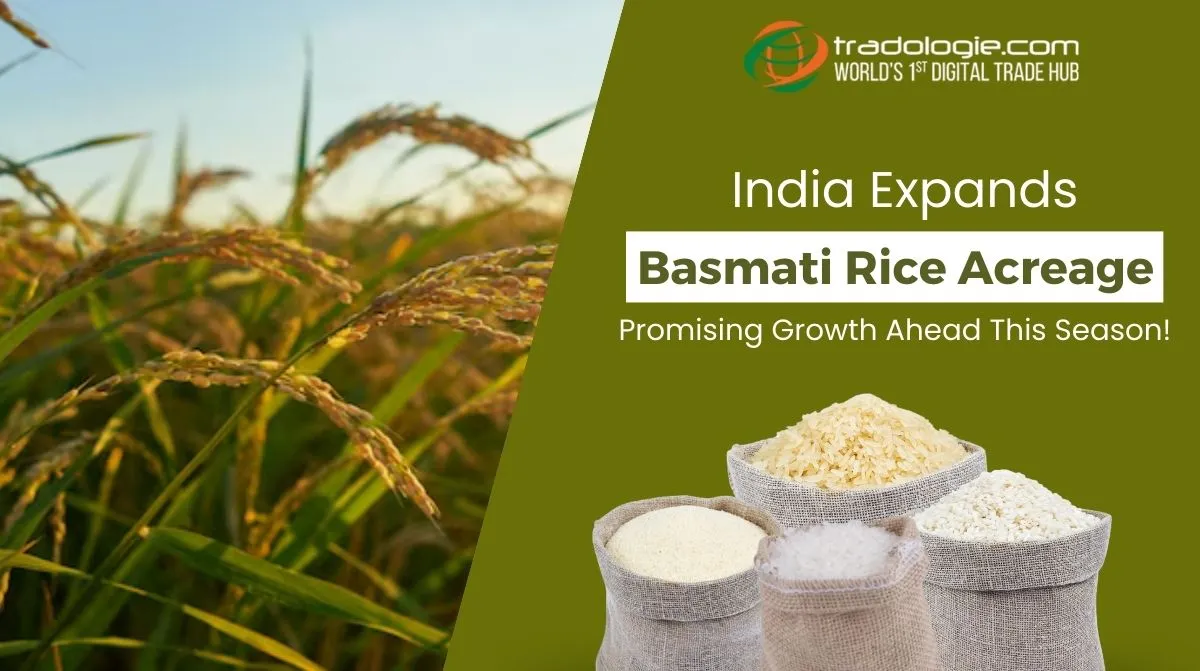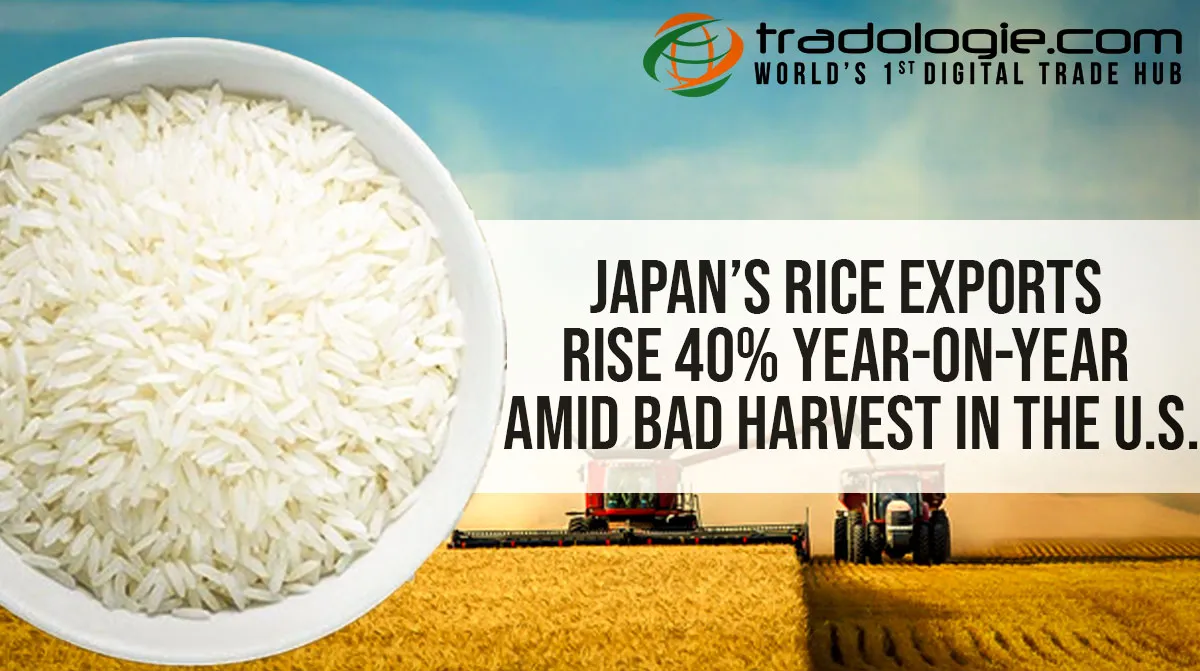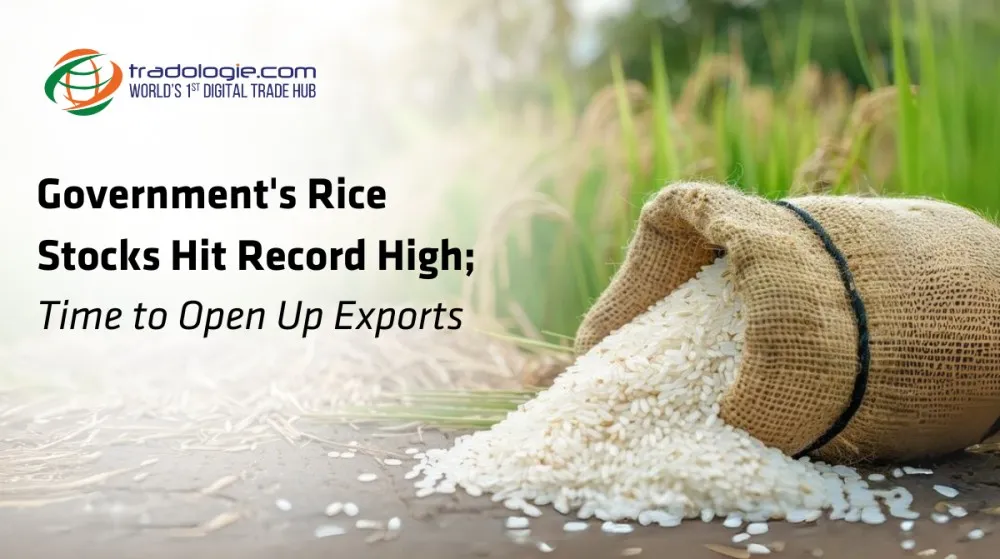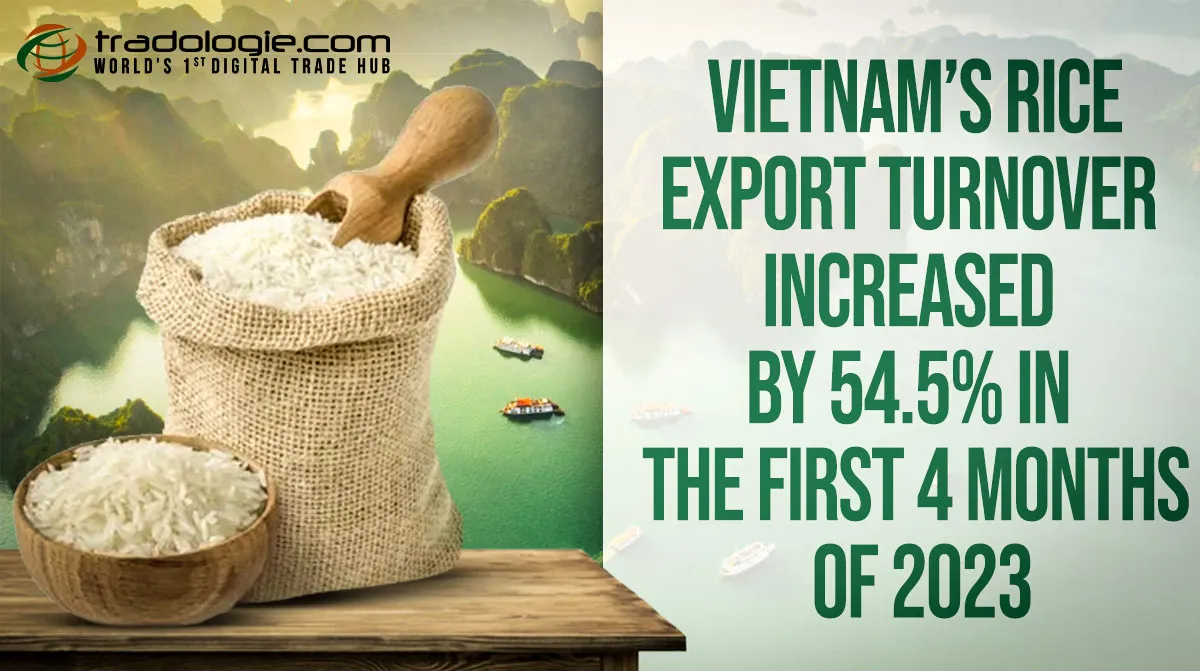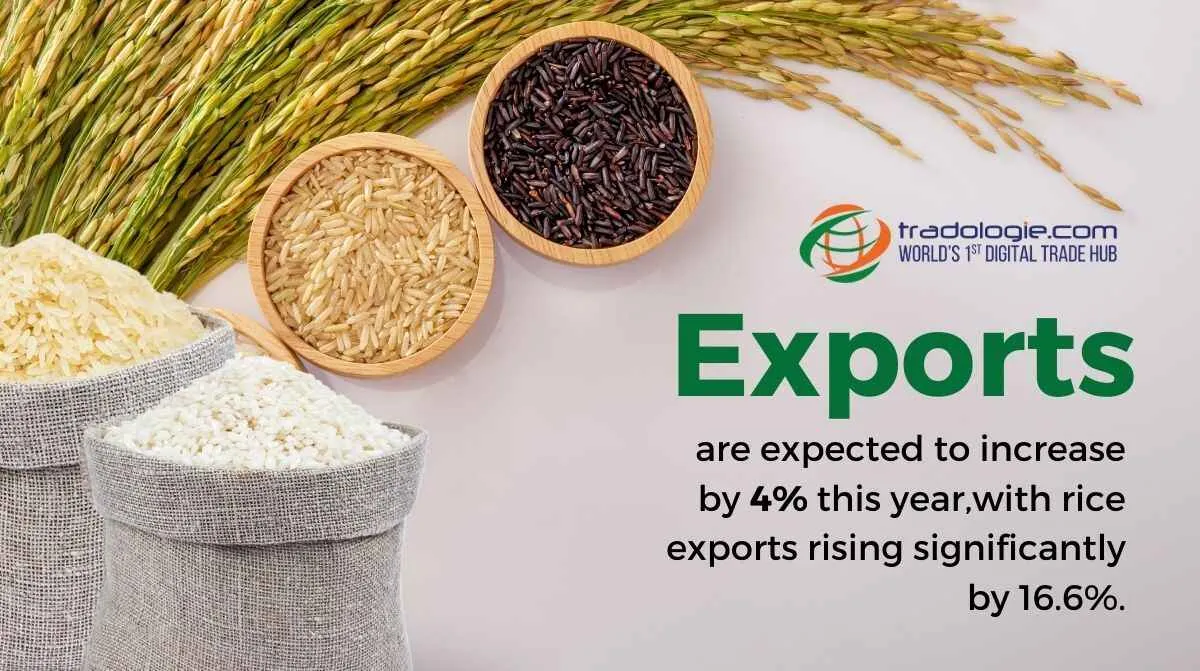This year, increased acreage and excellent weather are expected to increase production by 15-20% over last year, bringing about an important shift in the basmati rice sector in India. This increase in cultivation is expected to benefit basmati rice exporters as well as farmers, enhancing India's standing as a major supplier of rice to the world market.
A Boon for Basmati Farmers
Encouraged by the excellent results of the previous year, farmers in northern India have increased the area they grow. The All India Rice Exporters Association (AIREA) says that the prospects for this year are quite promising. "With good rains and increased acreage, we anticipate a 15-20% rise in production," said AIREA President Satish Goel. Data from Apeda's basmati crop survey for the 2023 kharif season, which shows that production has already reached 9.845 million tonnes with a total acreage of 2.135 million hectares, supports this bullish projection.
Short-Term Price Drops Due to Iran's Import Ban
However, despite the anticipated bumper crop, bulk rice exporters are facing immediate challenges. One major factor influencing the market is Iran's temporary ban on rice imports. Traditionally, Iran has been a key buyer of Indian basmati rice, but this ban, aimed at protecting Iranian farmers, has caused a drop in demand, leading to a decline in paddy prices.
Prices of early-sown varieties, such as Pusa Basmati 1509, have already fallen in major markets across Uttar Pradesh and Haryana. These prices, which ranged between $0.28 and $0.31 per kilogram this year, are notably lower compared to last year's $0.42-$0.43. In Karnal, the modal price for basmati paddy 1509 stood at $0.32 per kilogram, highlighting the downward trend.
Calls for Reducing Minimum Export Price
As basmati production is set to increase and with additional carryover stocks, rice availability could rise by 25% this year. Satish Goel has called for the Indian government to reduce the current minimum export price (MEP) of $0.95 per kilogram to help boost exports. A reduction or removal of the MEP could provide relief to basmati rice exporters, allowing them to stay competitive in the global market despite short-term price declines.
Growth in Basmati Rice Exports
Despite ongoing price pressures, India's basmati rice exports have shown strong performance in recent months. From April to July this year, exports increased by 15%, reaching $2.036 billion. This growth was fueled by demand from major markets such as Saudi Arabia, Iraq, and the United States. Export volumes also rose by 19%, reaching 1.917 million tonnes, compared to 1.609 million tonnes during the same period last year.
A Promising Outlook for the Long Term
Although the market faces short-term challenges due to Iran's import ban and early crop arrivals, the long-term outlook for basmati rice remains promising. With increased production and steady demand from other major markets, prices are expected to stabilise once the Iranian ban is lifted, and the government's potential intervention in export policies could further enhance competitiveness.
Implications for the Global Rice Market
1. Increased Global Supply: A 15-20% rise in India's basmati production, coupled with surplus stocks, is likely to result in increased global availability, which could put downward pressure on prices.
2. Short-Term Price Decline: The temporary drop in prices due to Iran's ban and early harvests may continue for the near term, but experts expect recovery once exports resume.
3. Impact of Iran's Ban: As a significant buyer, Iran's absence has affected market dynamics. If the ban persists, India will need to explore alternative markets to avoid excess supply.
4. Calls to Lower Export Prices: AIREA's push to lower the MEP could lead to more competitive pricing, giving Indian bulk rice exporters an advantage in the global marketplace.
5. Potential Global Price Volatility: While increased supply may lower prices initially, sustained demand from markets like Saudi Arabia and the U.S. may help stabilize prices in the medium to long term.
6. Competitive Pressure on Other Exporters: The rise in India's basmati production and potentially lower prices could put pressure on other rice-exporting countries, particularly those exporting premium rice varieties.
7. Optimistic Export Prospects: Despite the current price drops, India's export outlook remains strong, driven by demand from markets outside Iran. Basmati rice exporters can look forward to robust growth as key markets continue to rely on India's high-quality produce.
Conclusion
India's expanded basmati rice acreage, coupled with favourable weather conditions, has set the stage for a promising season ahead. While short-term price challenges persist, driven by Iran's import ban and early crop arrivals, the long-term outlook remains bright. With calls for government intervention to lower export prices and a growing global demand, India is poised to strengthen its position as a leading exporter in the international rice trade.
If you want to export or import agro commodities in bulk, Tradologie.com is the best B2B platform. It facialites the bulk transactions without any middlemen through its state-of-the-art SaaS platform. Visit www.tradologie.com to explore B2B export opportunities and stay updated with the latest trends in the industry.
To register as a seller, click here. To register as a buyer, click here.

